The Optical Lenses Market is characterized by a dynamic competitive landscape, driven by innovation, technological advancements, and strategic partnerships. Key players such as EssilorLuxottica (FR), Zeiss (DE), and Hoya (JP) are at the forefront, each adopting distinct strategies to enhance their market positioning. EssilorLuxottica (FR) focuses on expanding its product portfolio through continuous innovation and strategic acquisitions, while Zeiss (DE) emphasizes precision optics and digital solutions, catering to a growing demand for high-quality lenses. Hoya (JP) is leveraging its expertise in manufacturing to optimize supply chains and enhance operational efficiency, thereby solidifying its competitive edge. Collectively, these strategies contribute to a moderately fragmented market structure, where collaboration and technological integration are pivotal for sustained growth.
In terms of business tactics, companies are increasingly localizing manufacturing to reduce lead times and enhance responsiveness to market demands. This approach, coupled with supply chain optimization, allows for greater flexibility and cost efficiency. The competitive structure of the market remains moderately fragmented, with several players vying for market share. The influence of key players is significant, as their strategic initiatives often set industry standards and drive innovation across the sector.
In November 2025, EssilorLuxottica (FR) announced a partnership with a leading tech firm to develop smart lenses that integrate augmented reality features. This strategic move is poised to revolutionize the consumer experience, aligning with the growing trend towards digitalization in the optical sector. By investing in smart technology, EssilorLuxottica (FR) not only enhances its product offerings but also positions itself as a leader in the emerging market for digital eyewear solutions.
In October 2025, Zeiss (DE) launched a new line of lenses designed specifically for digital device users, addressing the increasing prevalence of screen time among consumers. This initiative reflects Zeiss's commitment to innovation and its responsiveness to changing consumer needs. By focusing on lenses that mitigate digital eye strain, Zeiss (DE) is likely to capture a significant share of the market, appealing to a demographic increasingly concerned about eye health in the digital age.
In September 2025, Hoya (JP) expanded its manufacturing capabilities in Southeast Asia, aiming to enhance production efficiency and meet rising demand in the region. This strategic expansion not only strengthens Hoya's operational footprint but also positions the company to better serve its customer base in a rapidly growing market. The move underscores Hoya's focus on supply chain reliability and responsiveness, which are critical in maintaining competitive advantage.
As of December 2025, the Optical Lenses Market is witnessing trends such as digitalization, sustainability, and the integration of artificial intelligence (AI) into product development. Strategic alliances are increasingly shaping the competitive landscape, enabling companies to pool resources and expertise to drive innovation. The shift from price-based competition to a focus on technological advancement and supply chain reliability is evident, suggesting that future competitive differentiation will hinge on the ability to innovate and adapt to evolving consumer preferences.

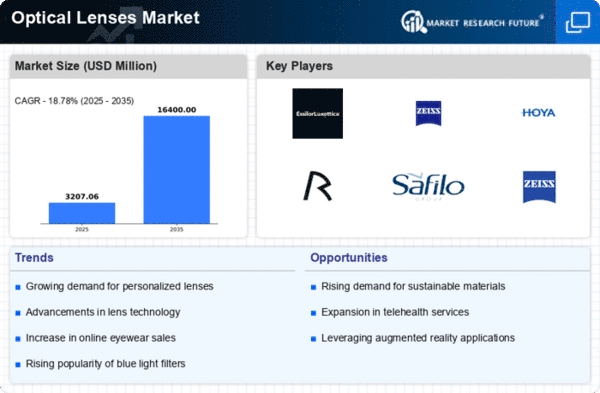
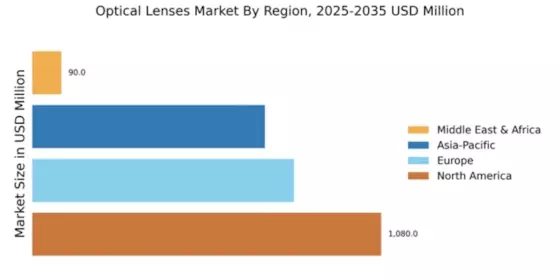
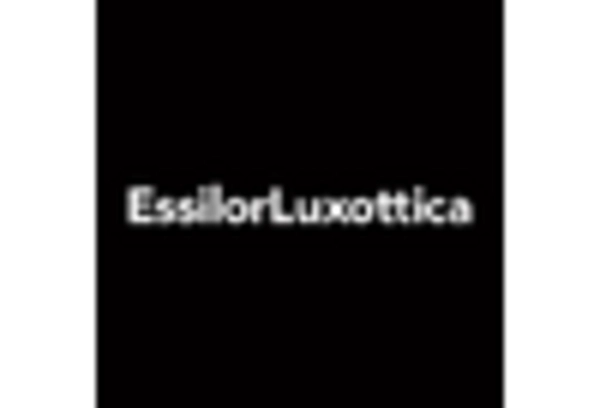
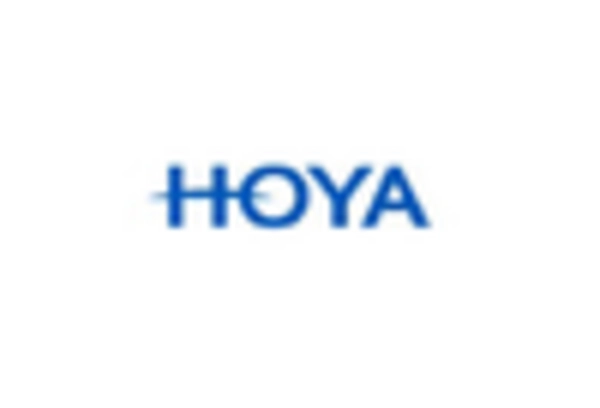
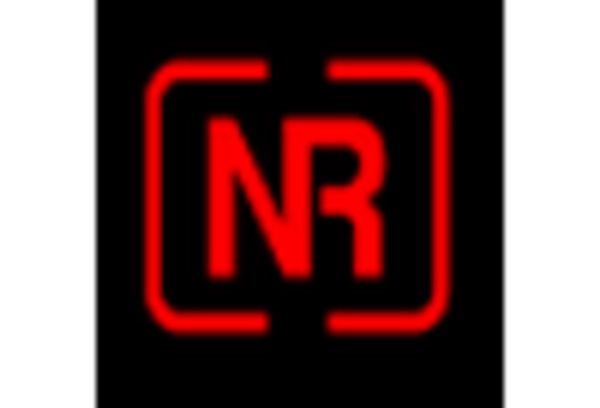
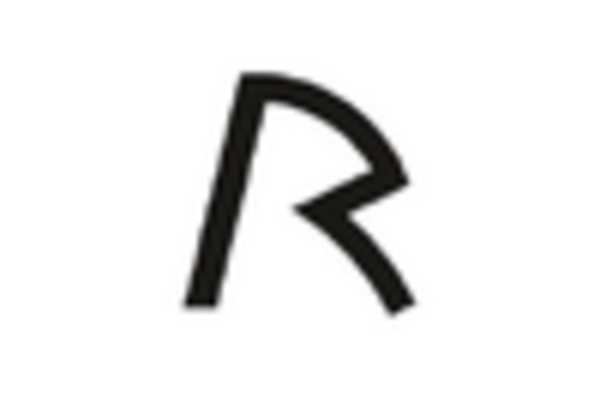

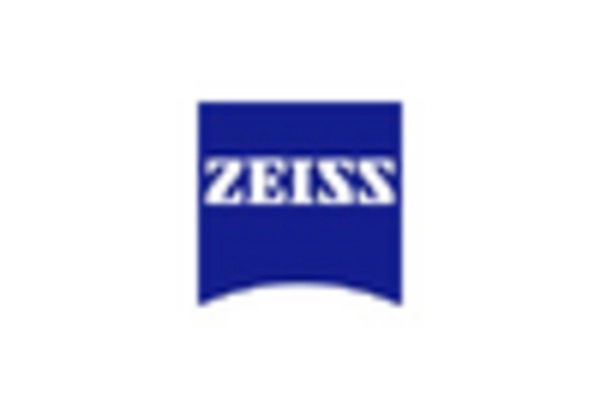








Leave a Comment